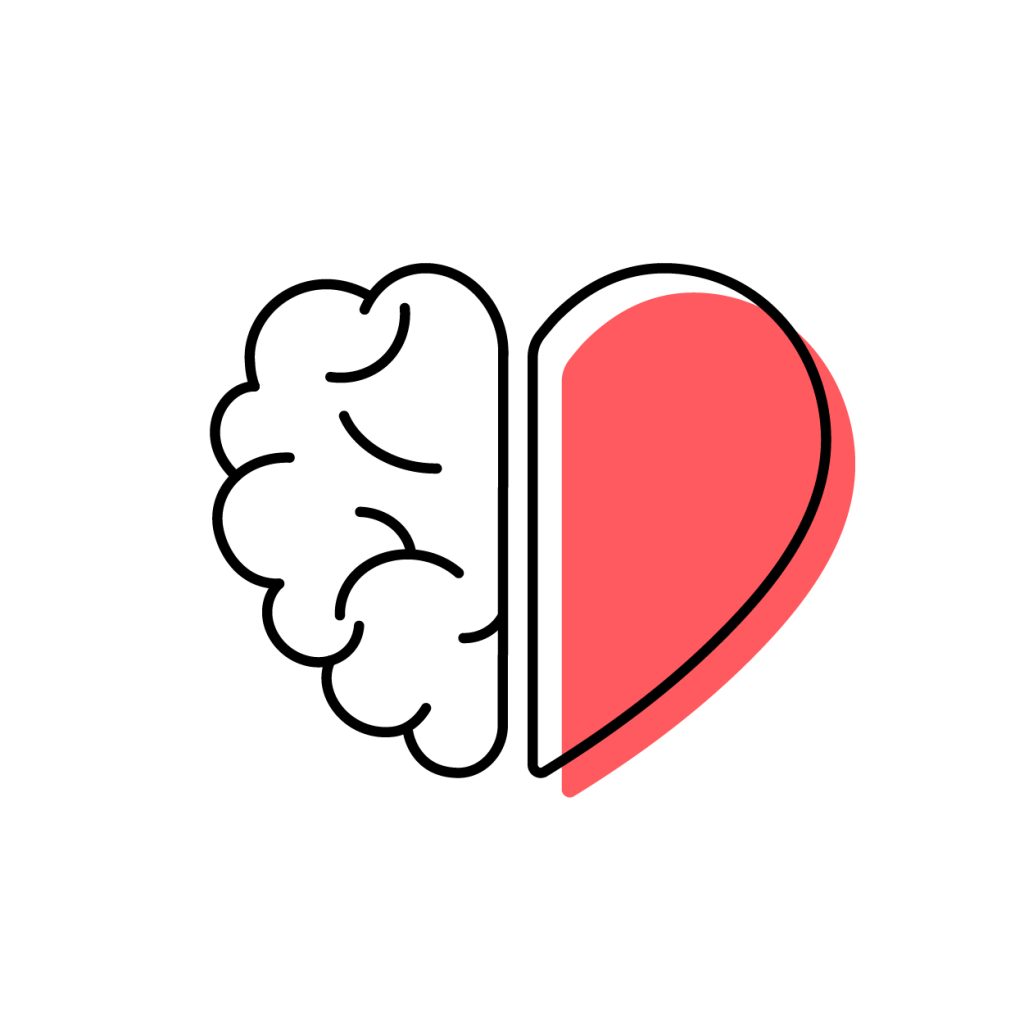1 MINUTE:
INSIGHT OF THE WEEK
This week, I’m working on creating the SUE Behavioural Design Academy’s self-paced courses (news flash!). However, as you might know or have experienced yourself, many online courses are started but not finished, or they’re completed but not applied. It’s a matter of professional pride for me to ensure they are infused with Behavioural Design to prevent this.
One of the main reasons we start things and don’t finish them is procrastination. Procrastination doesn’t just happen when taking a course; it pops up in all behaviours that require action and dedication. I thought it might be useful to share some insights from behavioural science to help you beat procrastination.
I remember my uncle had a little sign on his wall saying, ‘Why do today what you can put off until tomorrow‘. As a child, this baffled me. But as an adult, I sometimes couldn’t agree more. This is what procrastination is all about — our human tendency to delay taking action.
Before I offer some practical tips, let me start by saying that putting things off is a well-known and common human tendency.
One explanation in behavioural science is called present bias, which means we prefer immediate rewards over future benefits. So, going out with friends right now seems more appealing than flaunting a course certificate in a few weeks, or saving for your pension, losing weight, investing in sustainability, etc.
Another reason is that we simply forget. It sounds trivial, but it’s true. So, if you want to design behaviour, you need to take humans as your starting point — humans who have work, a private life, and probably many to-dos already. And because of that, humans need help staying on track.
So, what tips does the psychology of influence offer to beat procrastination?
1. Create a Commitment Device
If you commit to something in writing or publicly, you’re much more likely to follow through. Your brain loves consistency, and if you commit, it feels logical to continue. This helps resist temptation.
A Behavioural Intervention: Tell someone what you plan to achieve, and make the behaviour you commit to very specific. Even better, have that same person hold you accountable. If you don’t have that special person, just write down your commitment for yourself.
2. Set Deadlines
As common as they may seem, deadlines work primarily because they create a sense of urgency. They also help us plan and organise our time better by providing clear landmarks. Did you know that we often underestimate the time required to complete tasks? Deadlines force us to plan more realistically and allocate sufficient time to meet our goals.
A Behavioural Intervention: Set weekly deadlines for yourself. Even better, put something at stake if you don’t meet your deadline. We dislike losing a lot and go to lengths to avoid it (loss aversion), which again helps you commit to the behaviour.
3. Activate Reminders
When I was writing my book ‘The Art of Designing Behaviour,’ I hoped to find a behavioural intervention that was both extremely powerful and somewhat undiscovered, like discovering a new species of bird deep in the Amazon. I didn’t find an exotic new intervention, but I did discover something well-known yet incredibly powerful: the reminder! Often, we want to do something but simply forget. Life happens.
A Behavioural Intervention: It helps to put weekly reminders in your schedule to perform the behaviour you committed to. In fact, do it now. There’s no time like the present.
I hope this has been helpful. Please let me know if you’d like more insights and tips on how to complete what you start. Based on your feedback, I’ll cover these topics in one of my upcoming newsletters.
Are you a forward-thinker?
We have translated the most groundbreaking insights from the psychology of influence into practical methods and tools. We teach these in our two-day Behavioural Design Fundamentals Course. You can download the brochure here NL and UK. The training is available in both Dutch and English, and can be tailored for teams. But it is especially suited for forward-thinkers.
Want to read my book in Dutch? It is called ‘De Kunst van Gedrag Ontwerpen’ and can be ordered here.
